Yalan Qin
Discriminative Anchor Learning for Efficient Multi-view Clustering
Sep 25, 2024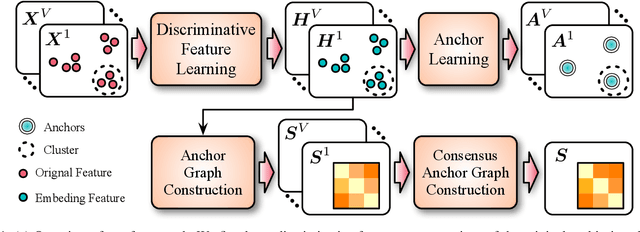
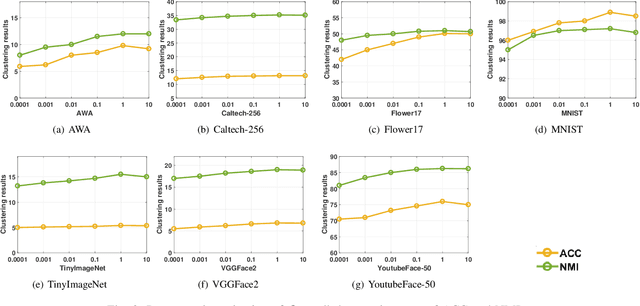
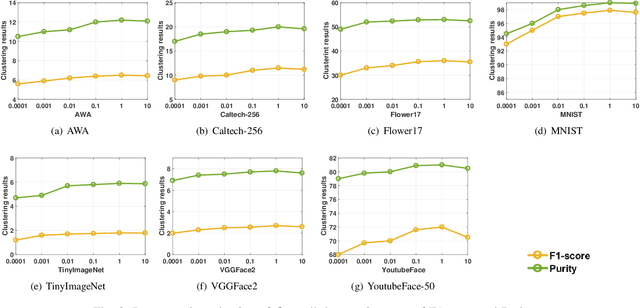
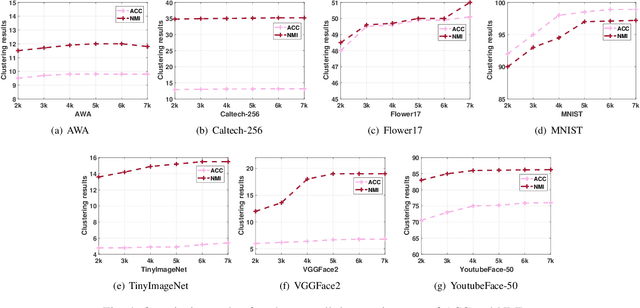
Abstract:Multi-view clustering aims to study the complementary information across views and discover the underlying structure. For solving the relatively high computational cost for the existing approaches, works based on anchor have been presented recently. Even with acceptable clustering performance, these methods tend to map the original representation from multiple views into a fixed shared graph based on the original dataset. However, most studies ignore the discriminative property of the learned anchors, which ruin the representation capability of the built model. Moreover, the complementary information among anchors across views is neglected to be ensured by simply learning the shared anchor graph without considering the quality of view-specific anchors. In this paper, we propose discriminative anchor learning for multi-view clustering (DALMC) for handling the above issues. We learn discriminative view-specific feature representations according to the original dataset and build anchors from different views based on these representations, which increase the quality of the shared anchor graph. The discriminative feature learning and consensus anchor graph construction are integrated into a unified framework to improve each other for realizing the refinement. The optimal anchors from multiple views and the consensus anchor graph are learned with the orthogonal constraints. We give an iterative algorithm to deal with the formulated problem. Extensive experiments on different datasets show the effectiveness and efficiency of our method compared with other methods.
Orientation Convolutional Networks for Image Recognition
Feb 02, 2021
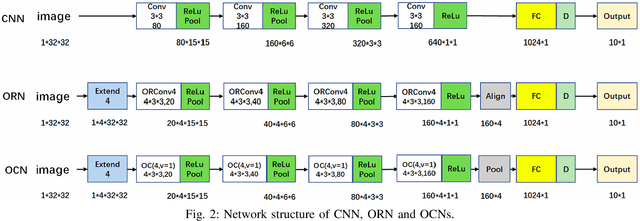
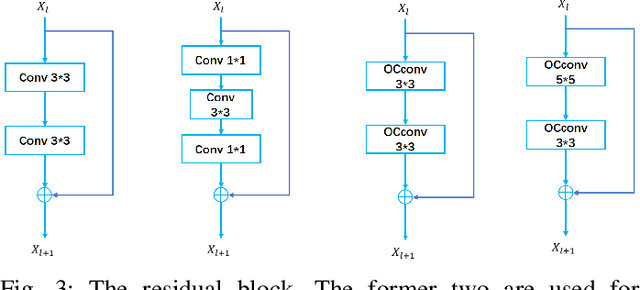

Abstract:Deep Convolutional Neural Networks (DCNNs) are capable of obtaining powerful image representations, which have attracted great attentions in image recognition. However, they are limited in modeling orientation transformation by the internal mechanism. In this paper, we develop Orientation Convolution Networks (OCNs) for image recognition based on the proposed Landmark Gabor Filters (LGFs) that the robustness of the learned representation against changed of orientation can be enhanced. By modulating the convolutional filter with LGFs, OCNs can be compatible with any existing deep learning networks. LGFs act as a Gabor filter bank achieved by selecting $ p $ $ \left( \ll n\right) $ representative Gabor filters as andmarks and express the original Gabor filters as sparse linear combinations of these landmarks. Specifically, based on a matrix factorization framework, a flexible integration for the local and the global structure of original Gabor filters by sparsity and low-rank constraints is utilized. With the propogation of the low-rank structure, the corresponding sparsity for representation of original Gabor filter bank can be significantly promoted. Experimental results over several benchmarks demonstrate that our method is less sensitive to the orientation and produce higher performance both in accuracy and cost, compared with the existing state-of-art methods. Besides, our OCNs have few parameters to learn and can significantly reduce the complexity of training network.
 Add to Chrome
Add to Chrome Add to Firefox
Add to Firefox Add to Edge
Add to Edge